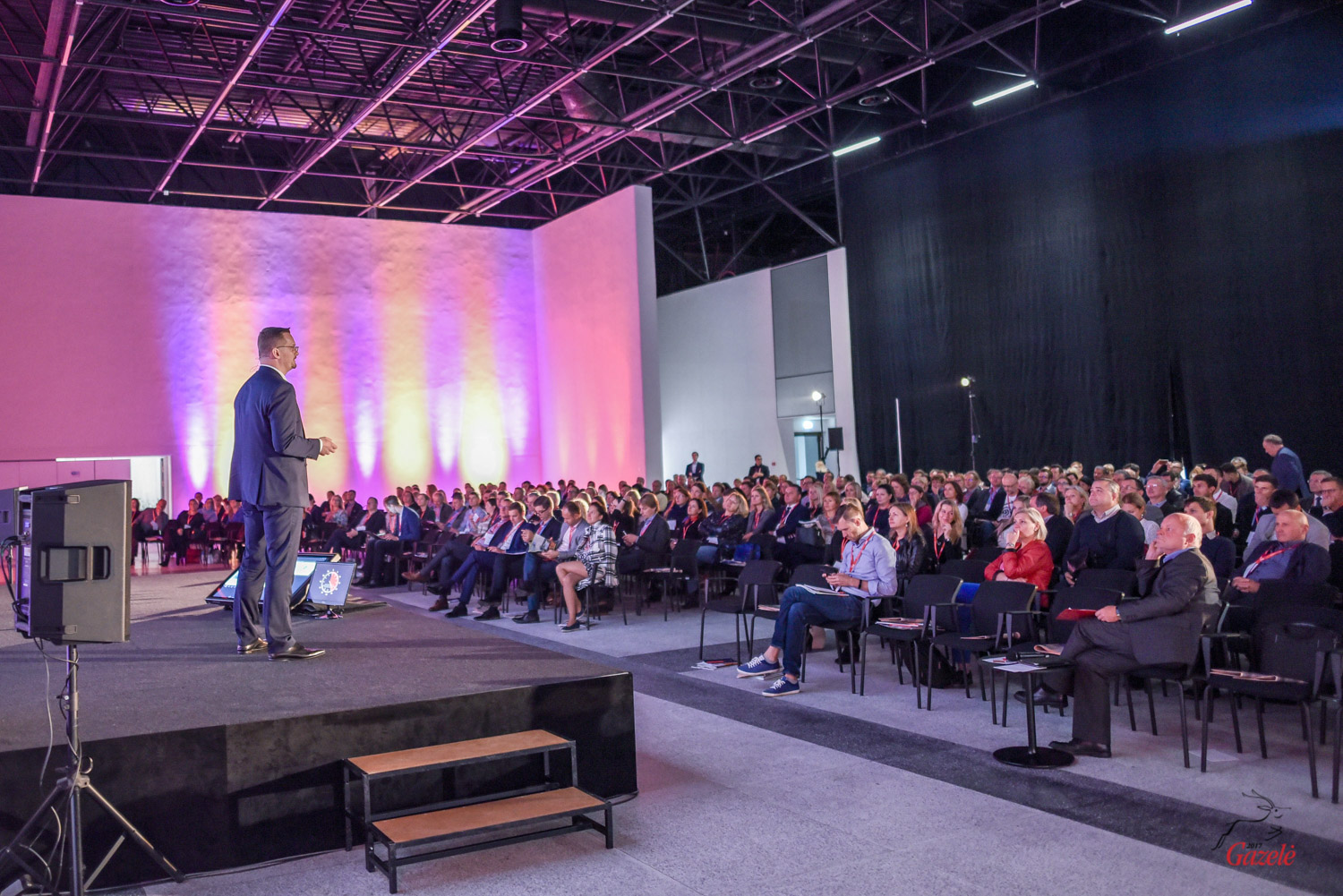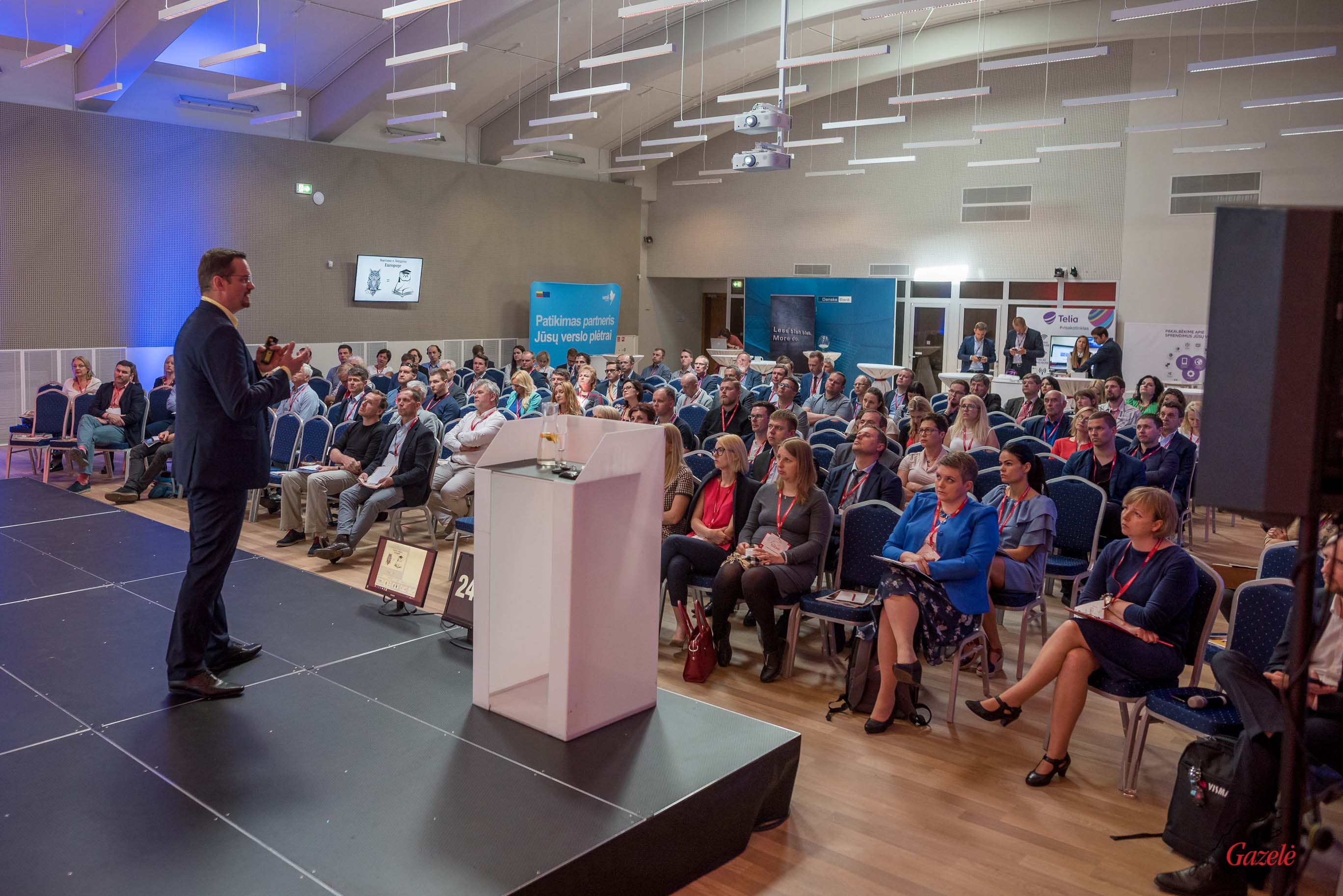Artificial intelligence: new opportunities for translators and other professionals
The Lithuanian business news portal Verslo žinios has published an article by Eurotradus on how artificial intelligence is affecting various professions, including translators. Here are the key messages in English:
- According to ChatGPT, artificial intelligence (AI) may have an impact on different professions, but their complete disappearance is less likely. Professions related to data entry and processing, routine manual work, financial analysis, accounting, customer service, transportation and delivery drivers are examples of those that could be affected.
- The translation industry has also undergone significant changes as machine translation continues to evolve. Automated translation systems can now handle various texts with good quality, and translators often engage in post-editing rather than translating from scratch.
- AI still relies on the expertise of language specialists because it does not possess real-world knowledge or understanding. After all, ChatGPT is based on language and text, which is why this technology is called a Large Language Model (LLM).
- In response to ChatGPT, Google launched Bard, which is also LLM-based and named after professional storytellers in the ancient Celtic cultures. It is not yet available in all countries. The Eurotradus team is involved in the linguistic testing of Bard. In addition, Google has announced that it is developing another LLM system, Gemini, which is expected to be even more advanced.
- LLM’s can perform tasks such as information retrieval, creative writing, consulting on various topics, coding assistance, text summarization, content generation, learning aid, problem solving, text editing and translation.
- While ChatGPT is not perfect as a translator, it excels as an English language editor, proficient in revising, paraphrasing and rewriting texts in the desired style.
- AI should be seen as an additional opportunity to perform certain tasks faster while maintaining quality. Not so long ago, we used typewriters to typeset texts, and there was a profession called typist. Now we’re going even further: software instantly recognizes human speech, converts it to text, translates it, and provides AI-based voice-overs in foreign languages.
- The emergence of new professions, such as prompt engineers, highlights the need for specialists who formulate precise questions for language models like ChatGPT to maximize their capabilities.
- It is crucial for higher education institutions to keep pace with AI technologies and prepare professionals for new emerging roles.
You can read the full article in Lithuanian here.
































